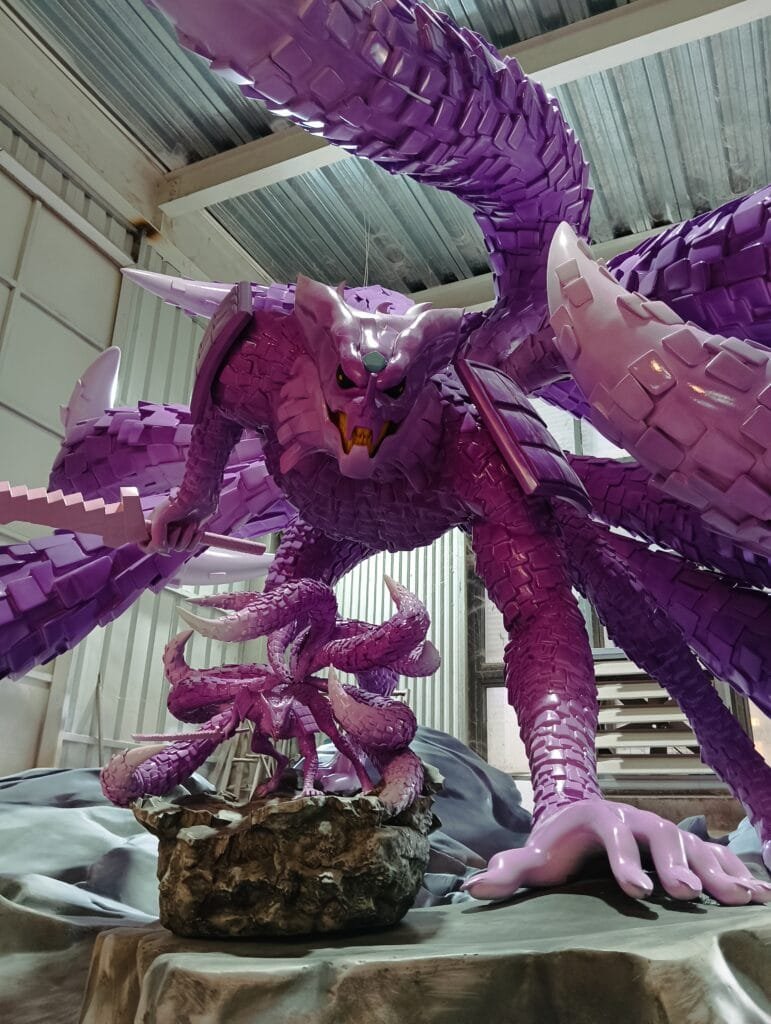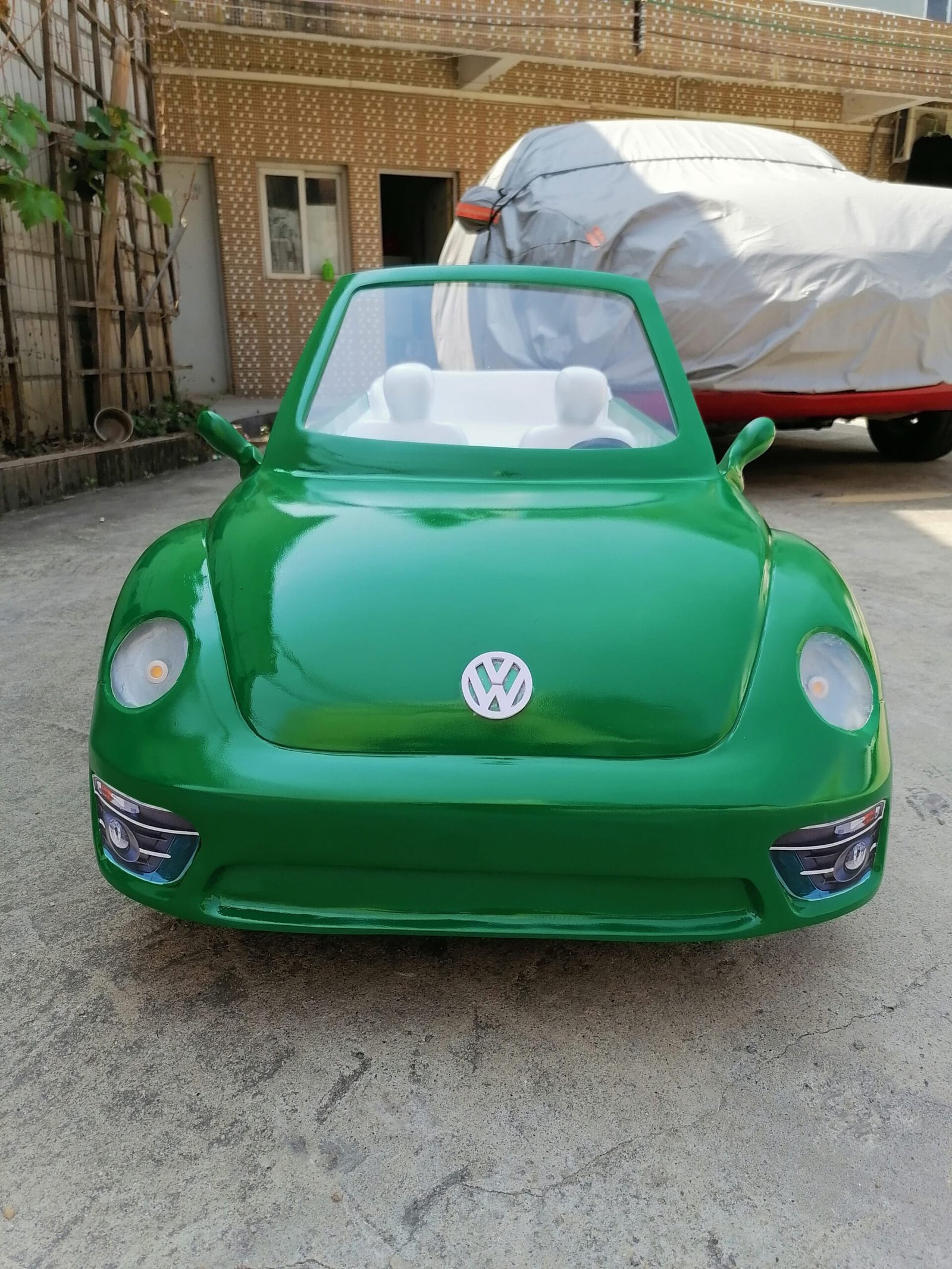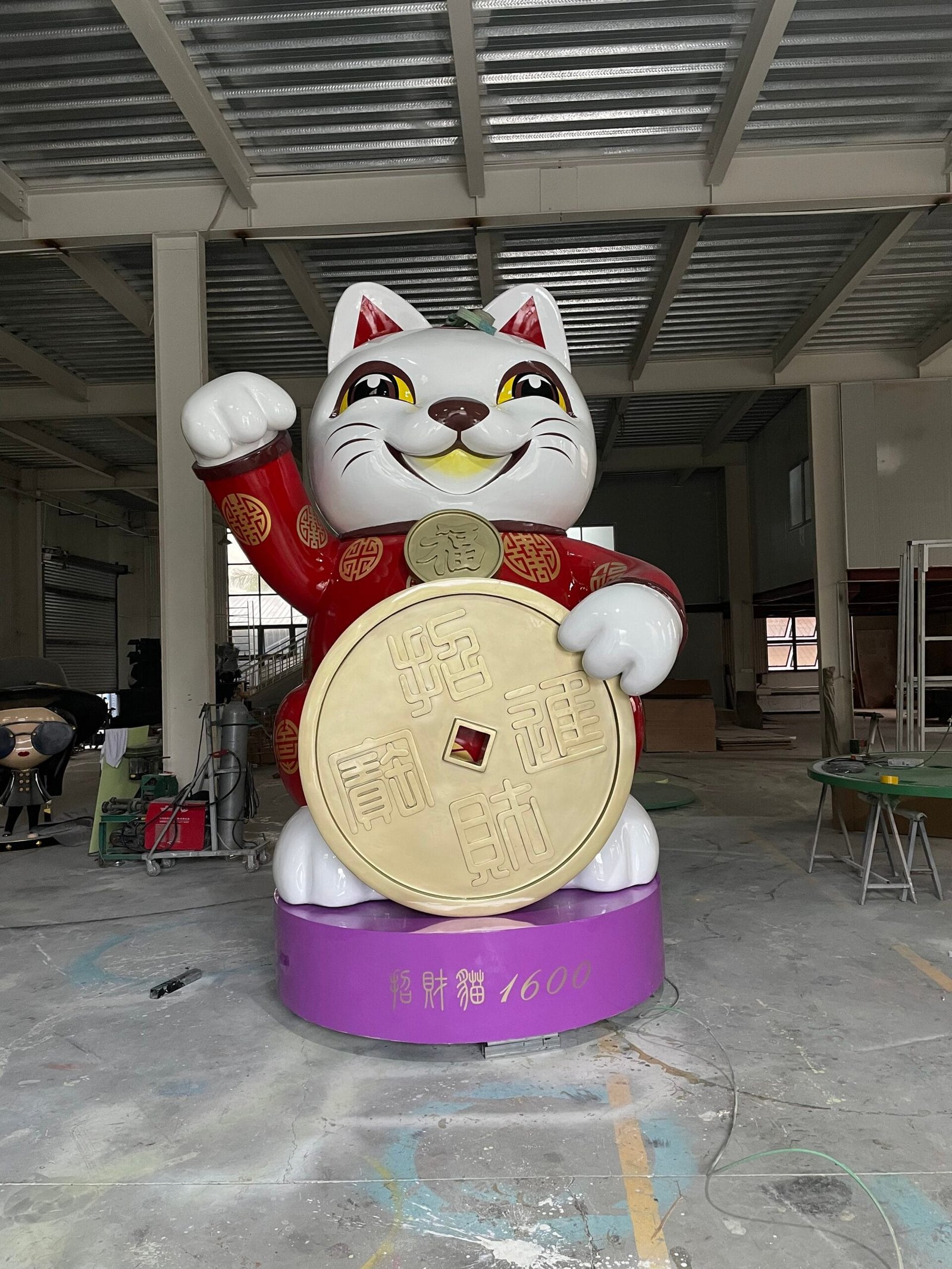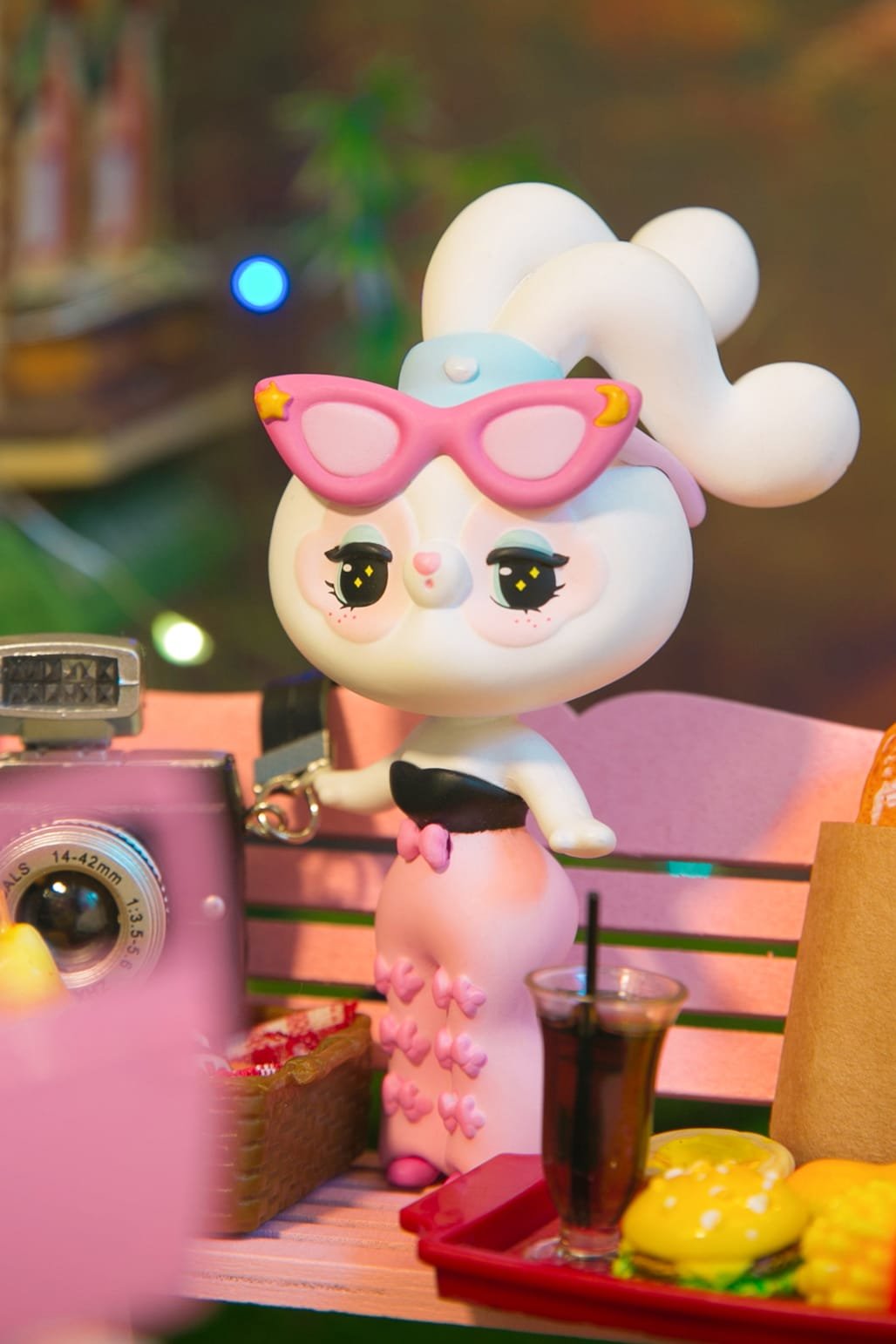Introduction: Characteristics and Market Demand of Fiberglass Sculptures
ensure that the sculpture has a smooth, durable surface that can withstand weather conditions while maintaining its visual appeal. The surface finish also allows for a wide range of finishes, including matte, glossy, or even textured effects, to match the desired aesthetic of the sculpture.
Durability and Strength:
Fiberglass is known for its durability and strength, making it an excellent choice for sculptures that need to endure over time. The material’s ability to resist cracking, chipping, and fading under harsh conditions makes it ideal for outdoor environments. This is particularly important for large sculptures or installations in high-traffic areas where the sculpture is subject to frequent contact.
Flexibility and Molding:
Fiberglass offers remarkable flexibility in terms of design. Artists and designers can create highly detailed and intricate shapes, which would be difficult or even impossible with other materials. The molding process allows for complex, custom designs, ensuring that the final sculpture reflects the artist’s vision. Moreover, fiberglass can be combined with other materials, such as metal or wood, to create mixed-media sculptures.
Sustainability:
Sustainability is becoming an increasingly important factor in material selection. Fiberglass, when properly produced and maintained, can be considered a sustainable choice as it is recyclable and has a long life cycle. This is a key consideration for eco-conscious projects that aim to reduce their environmental footprint while still achieving impressive artistic and functional results.
Production Process: From Design to Installation
Once the material is selected, the production process of fiberglass sculptures involves several key stages:
- Design:
The first step is to create a design or blueprint for the sculpture. This can involve 3D modeling software, sketches, or clay models. The design must account for the sculpture’s dimensions, details, and intended installation environment (indoor or outdoor). - Molding:
After the design is finalized, a mold is created, typically from a high-quality material such as silicone, rubber, or plaster. The mold serves as the base for the fiberglass layers to be applied. - Fiberglass Layering:
The next step involves applying layers of fiberglass mat or cloth, combined with resin. This process is done meticulously to ensure that the sculpture is strong and durable. The resin hardens as it sets, bonding the fiberglass fibers and giving the sculpture its final form. - Finishing and Painting:
After the sculpture has hardened and been removed from the mold, the surface is smoothed and prepared for painting or coating. High-quality paints and coatings are applied to enhance the sculpture’s appearance and provide additional protection against the elements. - Installation:
The final stage involves transporting the finished sculpture to its intended location and installing it. Proper installation is crucial to ensure the sculpture remains stable and intact, especially in outdoor or high-traffic settings.
Advantages of Fiberglass in Sculpture Production
Fiberglass has gained widespread popularity in the sculpture industry for several reasons:
- Cost-Effective:
Compared to materials like bronze, stainless steel, or marble, fiberglass is more affordable, making it accessible for both large and small-scale projects. The lower material and production costs help reduce the overall expense, while still providing a high-quality, durable sculpture. - Lightweight:
Fiberglass is much lighter than traditional sculpting materials, which makes it easier to handle, transport, and install. This is especially advantageous for large sculptures or art installations that need to be moved or relocated frequently. - Durability:
As mentioned, fiberglass offers excellent resistance to weathering, UV degradation, and corrosion. This ensures the longevity of sculptures placed in outdoor or public spaces, where they might be exposed to harsh environmental conditions. - Design Flexibility:
Fiberglass allows for greater design flexibility. Artists can create complex, detailed forms, and the material can be easily shaped, molded, and customized. Whether it’s a large-scale sculpture or a small decorative piece, fiberglass accommodates a wide variety of design needs. - Low Maintenance:
Fiberglass sculptures require minimal maintenance, making them an excellent option for both commercial and public installations. With proper coatings and finishes, these sculptures can maintain their appearance for years without significant wear and tear.
Conclusion: Making the Right Choice for Your Fiberglass Sculpture
When commissioning a fiberglass sculpture, understanding the material’s characteristics and production processes is crucial. By carefully considering factors such as weather resistance, cost, weight, surface finish, and design flexibility, you can select the best fiberglass material that suits your project’s needs.
Fiberglass sculptures offer numerous advantages, including cost-effectiveness, durability, lightweight handling, and versatility in design. Whether you’re creating a stunning outdoor installation or a unique art piece for a commercial space, fiberglass is a reliable and innovative material choice.
Make sure to work with experienced artists and manufacturers who can guide you through the material selection and production process, ensuring that your sculpture meets your vision and stands the test of time.





